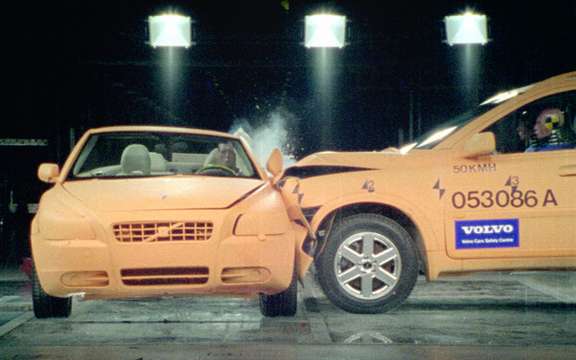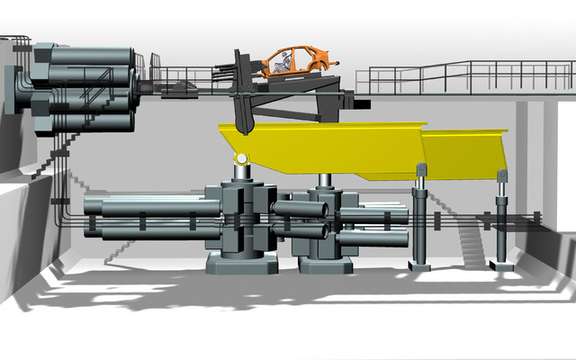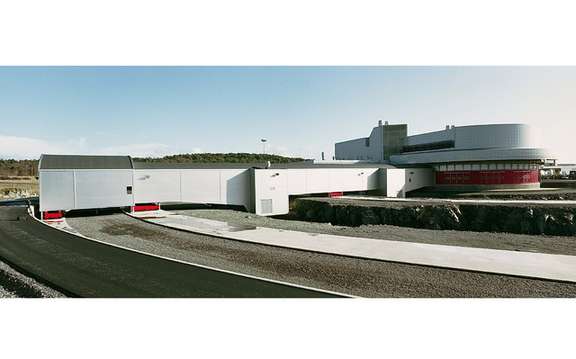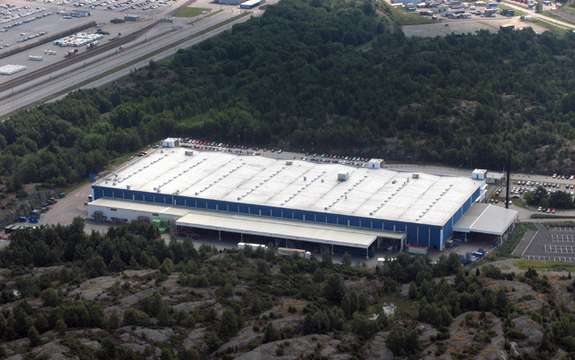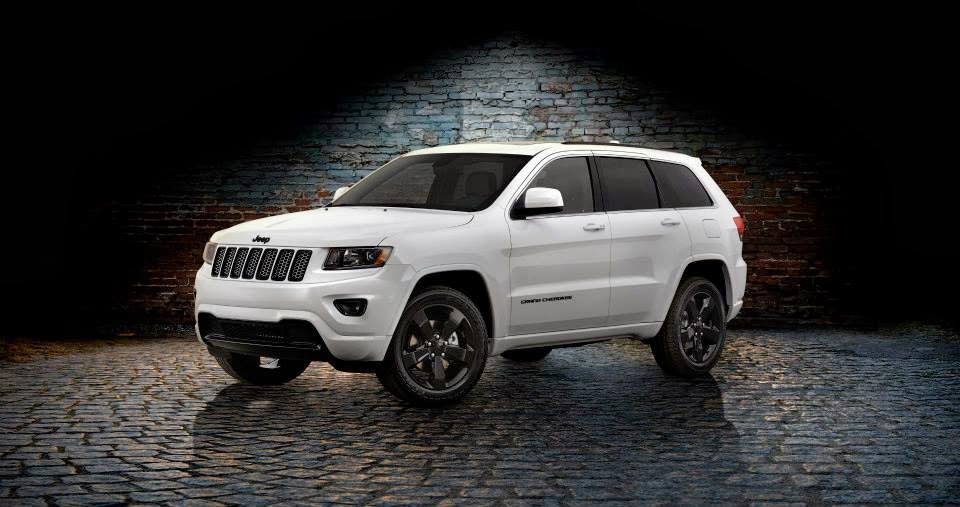Volvo, a decade of crash tests
The Volvo Cars Safety Center has a storefront Torslanda in Sweden celebrates its ten years. During this decade, the safety engineers have processes Swedish manufacturer has over 3000 crash tests. Annually, 400 vehicles are undergoing collision test.
In 2000, the Centre was inaugurated by King Carl XVI Gustaf of Sweden and since then has remained a laboratory among the most respected in the world. This is not necessarily a surprise, Volvo obsession with producing ultra safe vehicles, which is even become his trademark.
More than a hundred models respectfully called 'Crash Dummies' weight and different sizes always very close to the human reality, ensure success of the many crash tests.
Two complementary tracks
The main runway is fixed and has a length of 154 meters. It is mainly a crash test that will project a car against a wall at a speed of 120 km / h. If it is a truck speed is 80 km / h.
The second is mobile and has a length of 108 meters. You can even move it to a 90 ° angle in order to simulate not only frontal collisions, but also lateral, from the rear of the vehicle or between two cars. Here, cars are projected at a speed of 80 km / h.
In both cases, engineers have extremely fast digital cameras that can capture up to 200,000 frames per second. Miniature cameras are also placed at strategic locations inside the vehicle has to be able to scan any detail during crash tests.
Each track has a depth of 6 feet below which are covered with Plexiglas. This allows, with the complicity of cameras, the lens has to follow what happens when a vehicle is truly involved in a collision.
The testing center collision also has two dozen fixed and mobile barriers collision coming supplement this arsenal. Moreover, one of them weighs 850 tonnes and more mobile being.
3D technology
New technological approaches to 3D simulation are obviously increasingly used. They come and complement the results obtained when testing collision MADE BY Volvo.
The engineers of Volvo also attend the scene of accidents real well to proceed to an in-depth study of the state of crashed vehicles.

